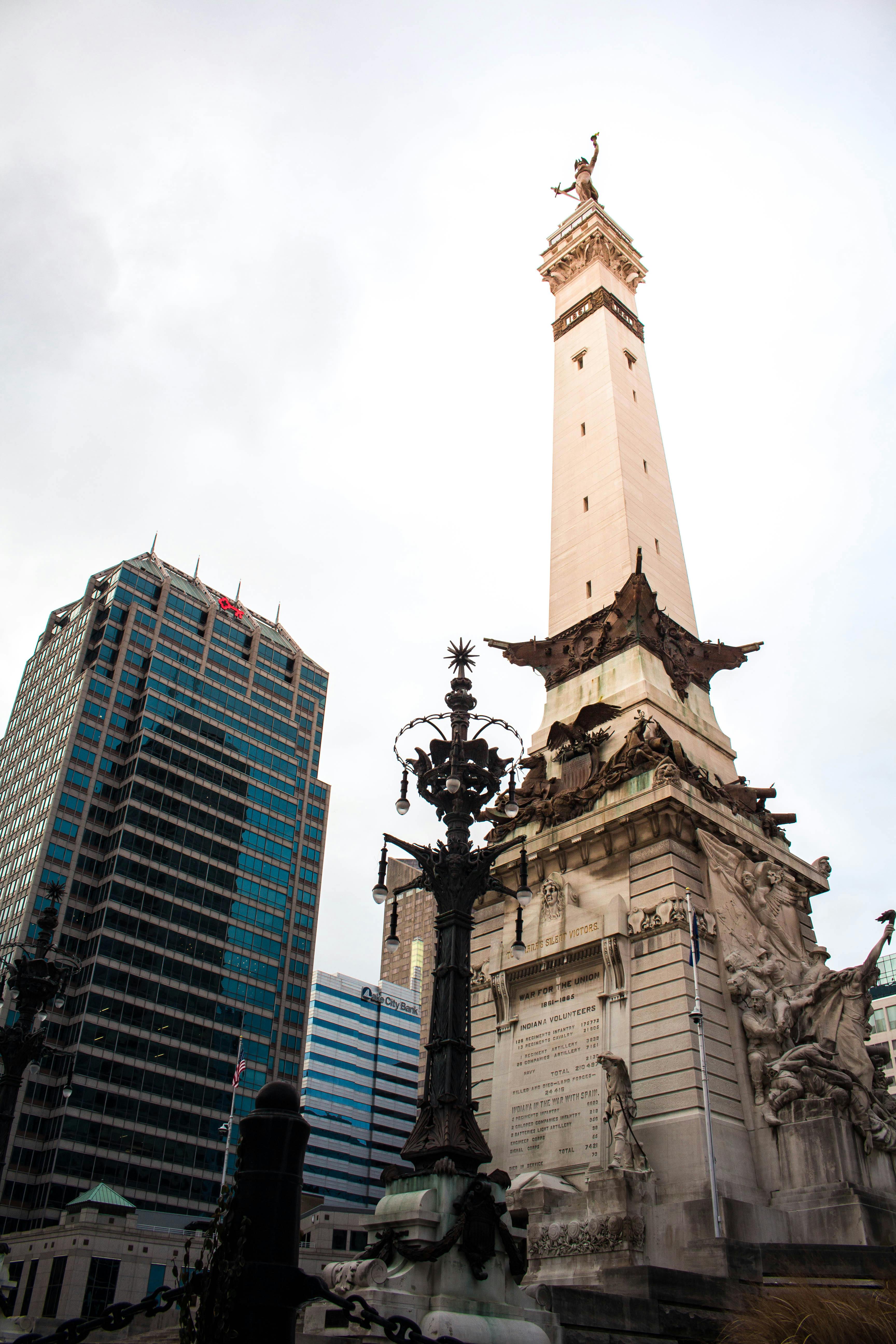How Much Is Travel Baseball? Full Cost Breakdown & Guide
Travel baseball has become a cornerstone of competitive youth sports in the U.S. With growing participation and increasing costs, many families ask, how much is travel baseball and whether it’s worth the investment. This article breaks down every expense, from registration fees to gear and travel, so you can make an informed decision for your child’s future in the sport.

Understanding the Fundamentals
To understand how much is travel baseball, it’s essential to know what travel baseball is and why it exists. Travel baseball is a more competitive, privately organized alternative to local recreational leagues. It offers higher-level coaching, tougher competition, and exposure to scouts and college recruiters.
These teams often play in regional and national tournaments, requiring significant time and financial investment. Think of it like moving from high school theater to Broadway—more performance, more commitment, and higher costs.
1.1 What Makes Travel Baseball Different?
Unlike recreational leagues with low fees, travel baseball includes tryouts, paid coaches, professional training, and regional/national tournaments. A study by Project Play reported that families spend an average of $3,700 per year per child on travel baseball—though costs can range from $1,200 to over $10,000 annually.
Real-world applications include players gaining access to elite showcases, scholarship opportunities, and enhanced development. However, a common misconception is that every travel team guarantees college exposure—it doesn’t. Performance and placement matter.
1.2 Core Cost Categories
Travel baseball costs can be divided into five major categories: team fees, uniforms/gear, travel expenses, training, and tournament entry fees. These differ by region and team structure.
For example, a team in California might travel more extensively due to higher-level competition, while teams in the Midwest may have more local play. This affects overall cost significantly.
Practical Implementation Guide
Now that you understand the building blocks of travel baseball, let’s walk through how to budget for it. Knowing the major costs and timelines can help you avoid financial surprises and keep your child fully supported.

2.1 Actionable Steps
- Evaluate Team Options: Research local and regional travel baseball clubs. Compare coaching quality, tournament schedules, and cost structures.
- Budget Accordingly: Use a spreadsheet to plan for annual expenses. Factor in unexpected costs like hotel stays and equipment upgrades.
- Track Milestones: Set financial checkpoints each season (pre-season, mid-season, postseason) to ensure you stay on budget.
2.2 Overcoming Challenges
Common obstacles include surprise tournament fees, constant gear upgrades, and time commitment burnout. Watch for:
- Last-minute tournament entries that raise travel costs
- Mandatory fundraising events
- Injury-related downtime still costing monthly fees
Expert tips include joining community Facebook groups for used gear, coordinating carpooling among team parents, and asking for financial aid options directly from the team organizer.
Advanced Applications
Once you’re comfortable managing basic costs and logistics, advanced strategies can help you maximize the experience and even reduce long-term costs. Strategic planning and sponsorships can make travel baseball sustainable over many years.

3.1 Leveraging Sponsorships
Local businesses often sponsor youth sports in exchange for visibility. Pitch them with a short deck showing how many games you’ll play and the number of spectators. Case studies show families saving up to $2,000 annually using this approach.
Performance metrics such as team visibility, regional rankings, and tournament wins can help secure longer-term sponsorships and reduce overall costs significantly.
3.2 Building a Multi-Year Plan
Integrate long-term planning by estimating costs across multiple seasons. Consider growth into showcase teams or college-bound camps. This approach helps you spread out big expenses and avoids panic spending during high-demand months.
Also, coordinate with off-season training facilities and academic tutors for well-rounded development that doesn’t sacrifice school performance.
Future Outlook
As youth sports continue evolving, technology integration, video analytics, and mobile recruiting platforms are reshaping travel baseball. Expect costs to increase as teams adopt these tools to remain competitive.
Over the next 3-5 years, families should prepare for enhanced player tracking systems and mandatory app subscriptions for coaching communication and scheduling. Start saving early or explore athletic scholarships to offset rising expenses.
Conclusion
To summarize, how much is travel baseball depends on multiple factors, but on average, families can expect to spend between $3,000–$8,000 per year. Key takeaways include understanding core cost categories, implementing budget strategies, and exploring advanced planning tools.
If you’re serious about your child’s baseball future, now is the time to plan, budget, and act. Start by researching local travel teams, preparing your finances, and involving your child in the commitment. It’s a rewarding journey when approached smartly and intentionally.
Frequently Asked Questions
- Q: What is travel baseball exactly? Travel baseball is a competitive alternative to local leagues, involving trained coaches, high-level play, and travel for tournaments.
- Q: How do I get started with travel baseball? Look for local tryouts, talk to coaches, and compare team offerings. Be prepared for both time and financial commitment.
- Q: How much time does it take? Expect 3–5 practices weekly, weekend tournaments, and 6–9 months of seasonal play depending on the team.
- Q: How much does travel baseball cost? The total cost ranges from $1,200 to $10,000 annually, including fees, gear, travel, and training.
- Q: How does it compare to recreational baseball? Travel baseball offers more competition, exposure, and cost. Rec leagues are lower commitment and lower cost.
- Q: Is it hard to get on a team? Yes, most teams require tryouts. Players are selected based on skill, attitude, and potential.
- Q: Is travel baseball worth it for college recruiting? For serious athletes, yes. It offers exposure and advanced development, but results vary by commitment and talent level.
